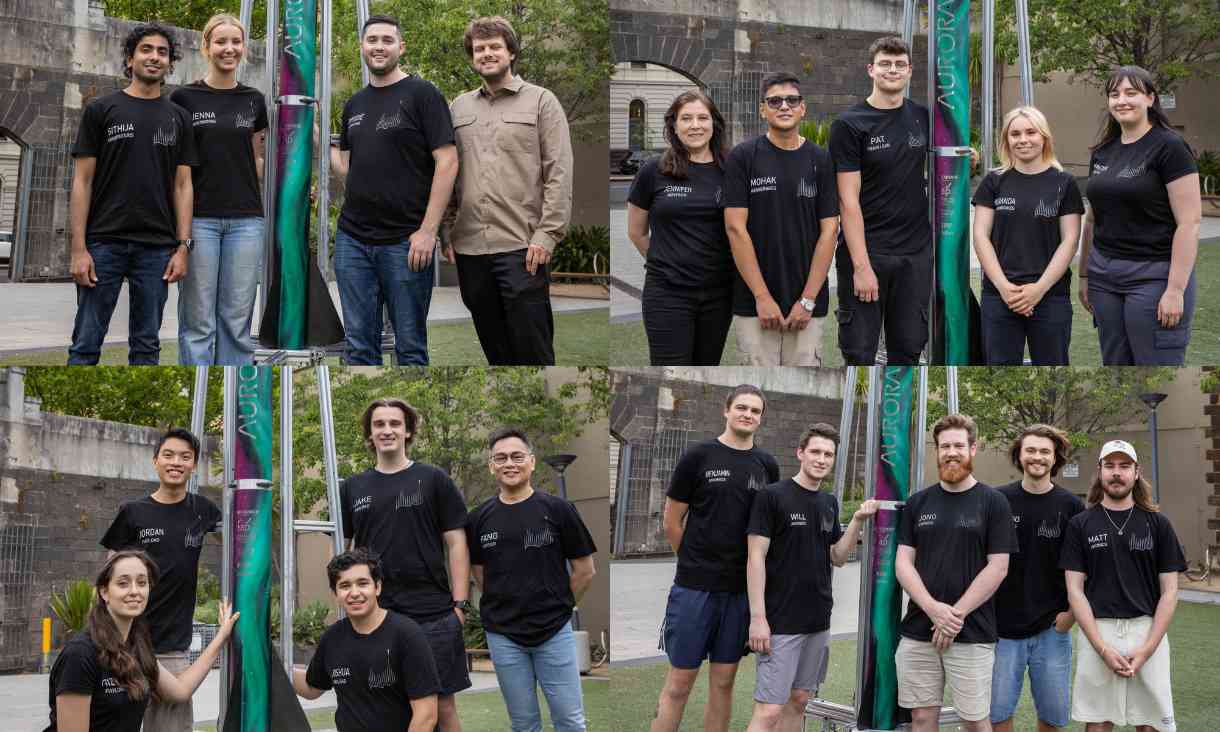Mornington Peninsula Shire Mayor, Councillor David Gill, said the project was driven by high tourism demand on the Peninsula, particularly during the summer and holiday season.
“Rye township has been inundated with visitors, increasing pressures on parking, traffic, and amenities,” Gill said. “This project will allow the Shire to demonstrate the use of smart technologies to improve liveability of busy towns, for example finding a park.”
Following the tests, the system will be replicated and scaled up for other beachside towns along the Mornington Peninsula with high demand pressures.
Salim, a member of RMIT’s Centre for Information Discovery and Data Analytics said it was just the beginning of the smart cities revolution that was coming.
“In the decade ahead we’ll see an explosion in services and facilities that are responsive to population movements and changing conditions, using data from the increasing number of sensors, mobile phone location data and so on to make our cities more responsive,” she said.
“Truly smart cities need to be able to aid both the citizens as well as local governments in making intelligence-informed decisions or even automating and delegating some of these planning decisions,” Salim said.
“For planning purposes, operational managers will be able anticipate seasonal, regular and irregular mobility and usage patterns by residents and visitors, who in turn can truly enjoy living in and visiting the Shire without the stresses or traffic, finding a car park, knowing which beach is least crowded or which BBQs will be available along their route.”
This project was funded by the Federal Government’s Smart Cities and Suburbs Program.
Other project partners include Downer, Broadspectrum, and the Australian Road Research Board with support from Meshed, Mornington Peninsula Regional Tourism Board and Rye Beach Business Association.
Be part of the conversation about Melbourne's future as our population heads towards 8 million. Join local and international leaders from industry, research and innovation, 18-20 February at RMIT. Find out more at Engaging for Impact 2019.
Story: Michael Quin





